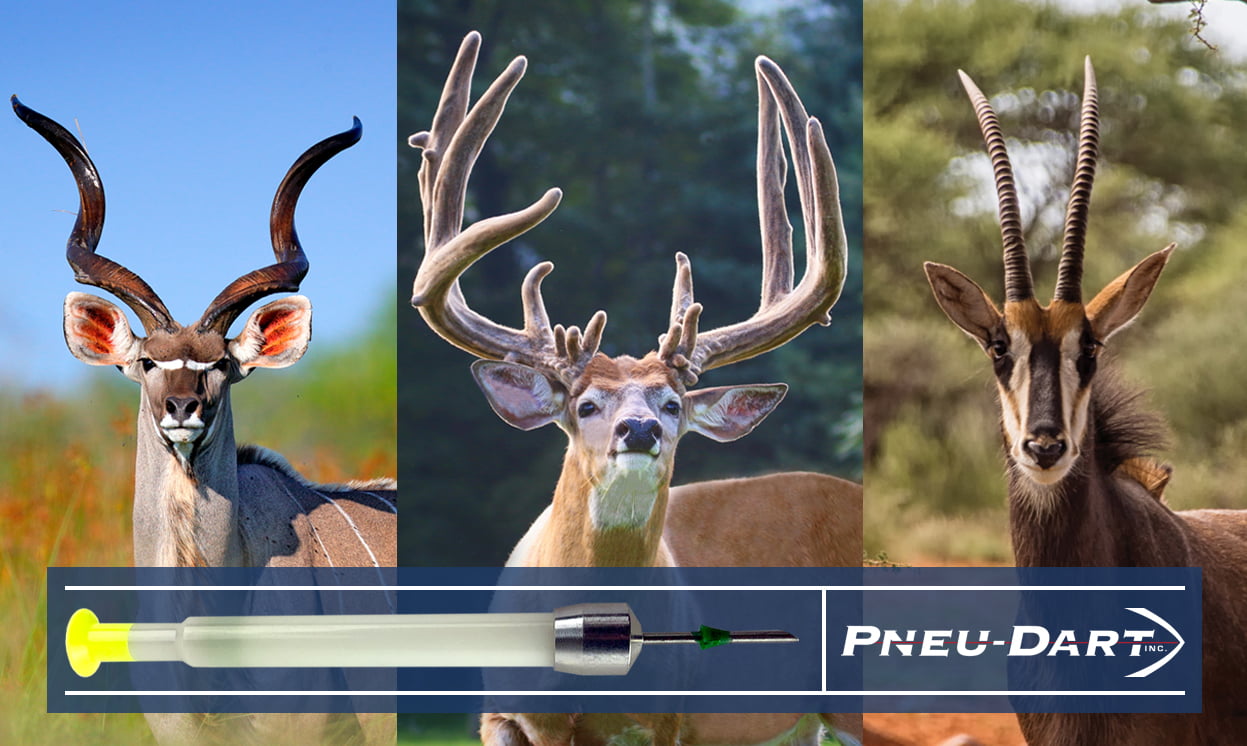
| SEASONS AFFECT SUCCESSFUL SEDATION For much of the year a ¾” needle is sufficient to deliver intramuscular injectables to 6-month-old (and older) male Cervid. However, as the animal ages many factors will influence the outcome of successful sedation. Hair density and body condition (increased fat deposits, hide thickness and body mass), compounded by hormonal changes during the breeding season will necessitate the use of longer needle lengths and increased drug volume. With the assistance of your veterinarian, integrating these changes will be paramount to achieving successful sedation. EFFECTIVE USE OF BAM Many cervid livestock operations have employed a drug marketed under the name of BAM. The “B” in BAM identifies the drug Butorphanol. It is a known fact when Butorphanol is injected into animal fat the rate of disbursement is greatly reduced. Symptoms of reduced disbursement include partial sedation and/or secondary sedation (sedation post reversal). Consequently, in early fall, when attempting to remotely deliver BAM to male cervid greater than six months of age it is highly recommended to use an RDD (Remote Delivery Device) equipped with an end-port discharge cannula of not less than 1 inch in length. By doing so, operators can virtually eliminate subcutaneous absorption of the drug into fatty tissue thereby providing the potential for ideal sedation. |


